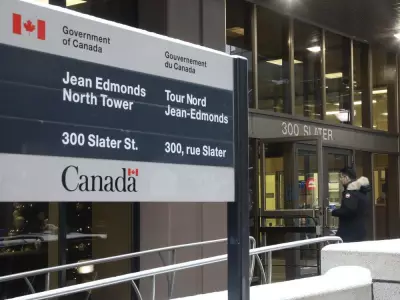
In a significant move that reshapes Manitoba's municipal landscape, the provincial government has officially removed the City of Selkirk from the Capital Planning Region. This decision marks a major shift in how regional planning will be conducted in the Interlake area.
A New Chapter for Selkirk's Governance
The restructuring means Selkirk will no longer be part of the collective planning body that has governed regional development decisions for years. This change gives the city more autonomy over its planning decisions while potentially altering how it collaborates with neighboring municipalities.
What This Means for Regional Development
The Capital Planning Region has traditionally overseen coordinated land use planning, infrastructure development, and growth management across member municipalities. Selkirk's exit could signal:
- Greater local control over development decisions
- Potential for more tailored growth strategies
- Changes in how regional projects are coordinated
- New administrative structures for planning approvals
Broader Implications for Manitoba Municipalities
This move reflects ongoing provincial efforts to streamline municipal governance and planning processes across Manitoba. The restructuring may serve as a precedent for other municipalities considering similar changes to their regional planning affiliations.
Local officials and community stakeholders are now assessing how this change will affect everything from infrastructure projects to economic development initiatives. The transition period will likely involve establishing new protocols and inter-municipal agreements to ensure seamless planning continuity.
As Selkirk embarks on this new independent planning path, all eyes will be on how this decision impacts both the city's development trajectory and the broader Capital Planning Region's operations moving forward.





